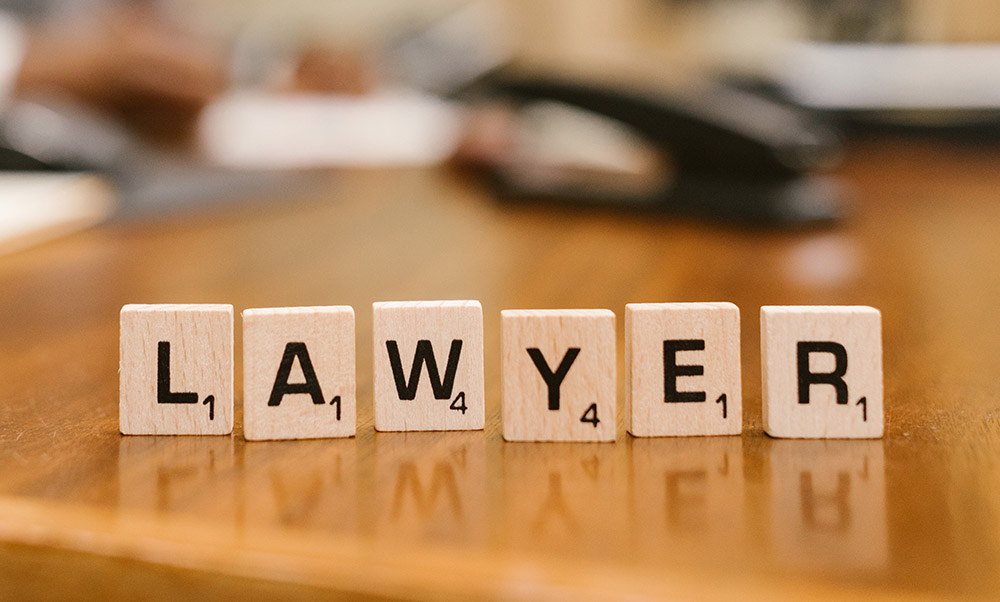
How to do case analysis as a lawyer?
Introduction:
Welcome to the world of legal prowess and astute analysis, where the art of case examination unfolds. As seasoned attorneys and aspiring legal minds, we understand the paramount importance of case analysis in navigating the complex corridors of the law. Each legal matter brings forth a unique tapestry of facts, statutes, and precedents, requiring a meticulous approach to uncover truths and build persuasive arguments.
In this comprehensive guide, we delve into the essential steps and strategies that empower lawyers to master the art of case analysis. From understanding the intricacies of the case to crafting compelling legal theories, we embark on a journey that leads to effective representation and just resolutions. As we delve into this enriching exploration, let’s equip ourselves with the knowledge and skills that elevate our legal practice to new heights.
Case Analysis as a Lawyer: A Comprehensive Guide
As a lawyer, mastering the art of case analysis is crucial to provide effective representation and achieve favorable outcomes for clients. Delving into the intricacies of each legal matter requires a systematic and meticulous approach. This comprehensive guide outlines the essential steps involved in conducting a thorough case analysis.
1. Understanding the Case:
- Facts of the Case: Begin by carefully examining the factual background of the case, identifying the parties involved, and understanding the sequence of events that led to the legal dispute.
- Legal Issues: Identify and articulate the specific legal issues presented by the case. Analyze how the relevant laws and regulations apply to the given circumstances.
2. Legal Research:
- Applicable Laws: Conduct extensive legal research to find relevant statutes, regulations, and case law that are applicable to the case.
- Precedents: Examine past cases with similar factual scenarios to understand how they were decided and how they may influence the current case.
3. Developing a Case Theory and Strategy:
- Formulating a Theory: Create a compelling case theory that aligns with your client’s interests. This theory will serve as the foundation for your entire case strategy.
- Legal Arguments: Craft persuasive legal arguments that support your case theory. Identify the strongest points to build a robust case.
- Addressing Counterarguments: Anticipate potential counterarguments from the opposing party and strategize how to effectively rebut them.
4. Reviewing Documents and Evidence:
- Document Analysis: Thoroughly review all relevant documents, including contracts, correspondence, and any other records that may have a bearing on the case.
- Physical Evidence: Assess any tangible evidence, such as photographs or objects, which may be crucial to the case.
- Witness Statements: Evaluate witness statements and identify key witnesses who can provide valuable testimony to support your case theory.
5. Identifying Strengths and Weaknesses:
- Strengths: Identify the strongest aspects of your case, such as compelling evidence, favorable laws, and reliable witnesses.
- Weaknesses: Acknowledge and address the weaknesses in your case, such as insufficient evidence or unfavorable legal precedents.
6. Assessing Risks and Potential Outcomes:
- Risk Analysis: Evaluate the risks associated with the case, including the likelihood of losing at trial or facing adverse consequences.
- Potential Outcomes: Consider various potential outcomes, such as the possibility of a favorable settlement or the need for post-trial appeals.
7. Case Timeline and Strategy:
- Developing a Timeline: Create a well-structured timeline for different stages of the case, including discovery, motions, and trial, to ensure adherence to deadlines.
- Litigation Strategy: Devise a comprehensive strategy for each phase of litigation, including pre-trial motions, witness preparation, and trial presentation.
8. Client Communication and Expectations:
- Regular Client Consultation: Maintain open and regular communication with the client, explaining the legal process, potential outcomes, and any developments in the case.
- Managing Expectations: Set realistic expectations for the client regarding the possible outcomes of the case.
9. Collaboration with Experts:
- Expert Witnesses: If necessary, collaborate with expert witnesses to strengthen your case with specialized knowledge.
- Consultation with Colleagues: Discuss the case with colleagues to gain fresh perspectives and insights.
10. Drafting Persuasive Legal Documents:
- Pleadings: Prepare well-crafted legal pleadings, such as complaints, answers, and motions, that accurately reflect your case theory.
- Legal Memoranda: Draft detailed legal memoranda summarizing the legal issues, applicable laws, and arguments supporting your client’s position.
By following this comprehensive and meticulous approach to case analysis, lawyers can effectively identify strengths and weaknesses, construct persuasive arguments, and strategize for successful outcomes in court. The art of case analysis empowers legal practitioners to navigate the complexities of each case with confidence and provide clients with the highest level of advocacy and representation.
Conclusion:
In the realm of law, the finesse of case analysis serves as the bedrock of legal excellence, and we have now traversed its nuanced landscape. By delving deep into the case’s facts, conducting thorough legal research, and honing our persuasive prowess, we empower ourselves to be formidable advocates for justice.
As we conclude this enlightening journey, let us remember that the art of case analysis is not only about the triumph of litigation but also the triumph of upholding principles, fostering equitable resolutions, and defending the sanctity of the law. With every case that comes our way, let us embrace the challenges and opportunities it presents, fortified with the knowledge that our unwavering dedication to the art of case analysis will illuminate the path to justice for our clients and society at large.
